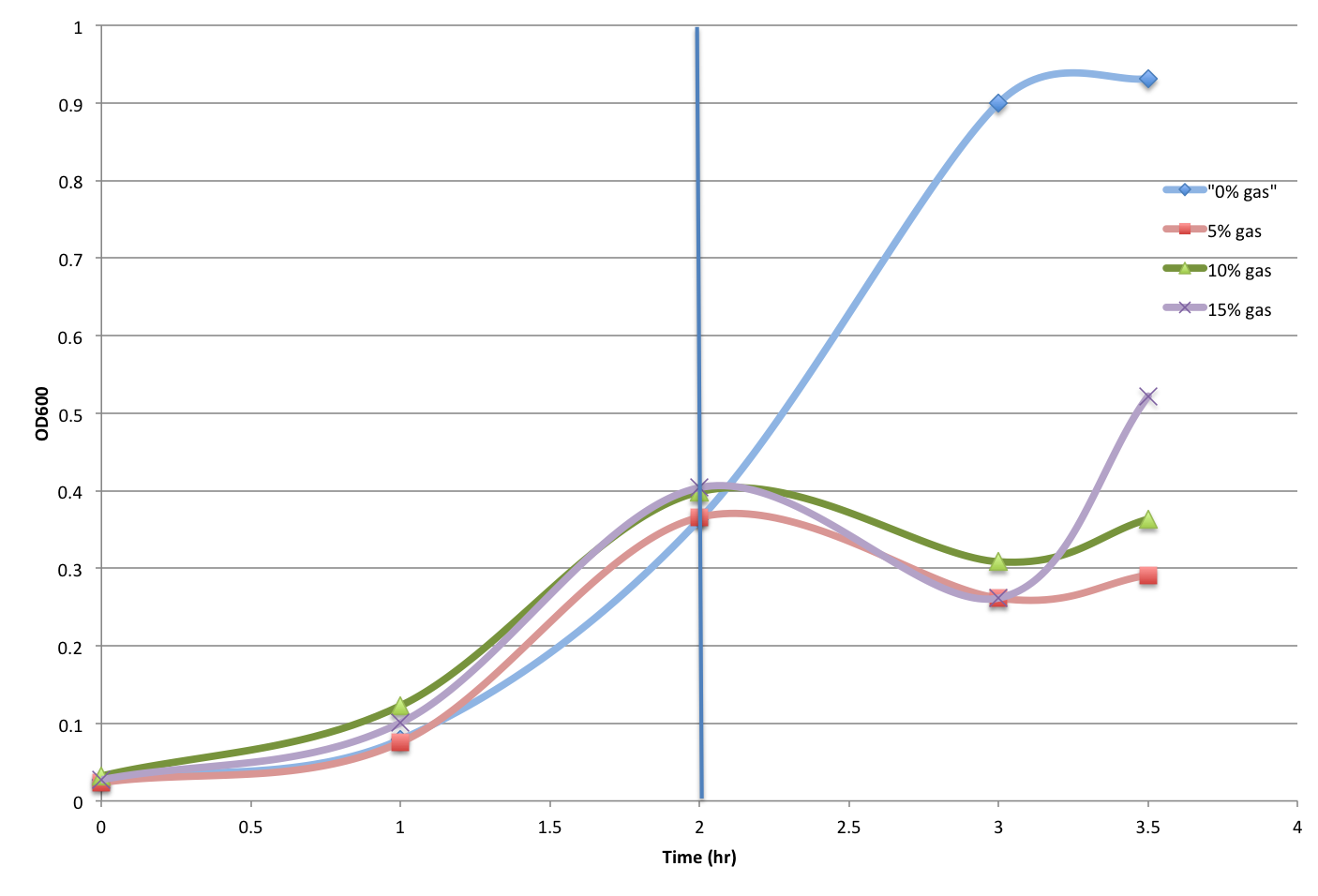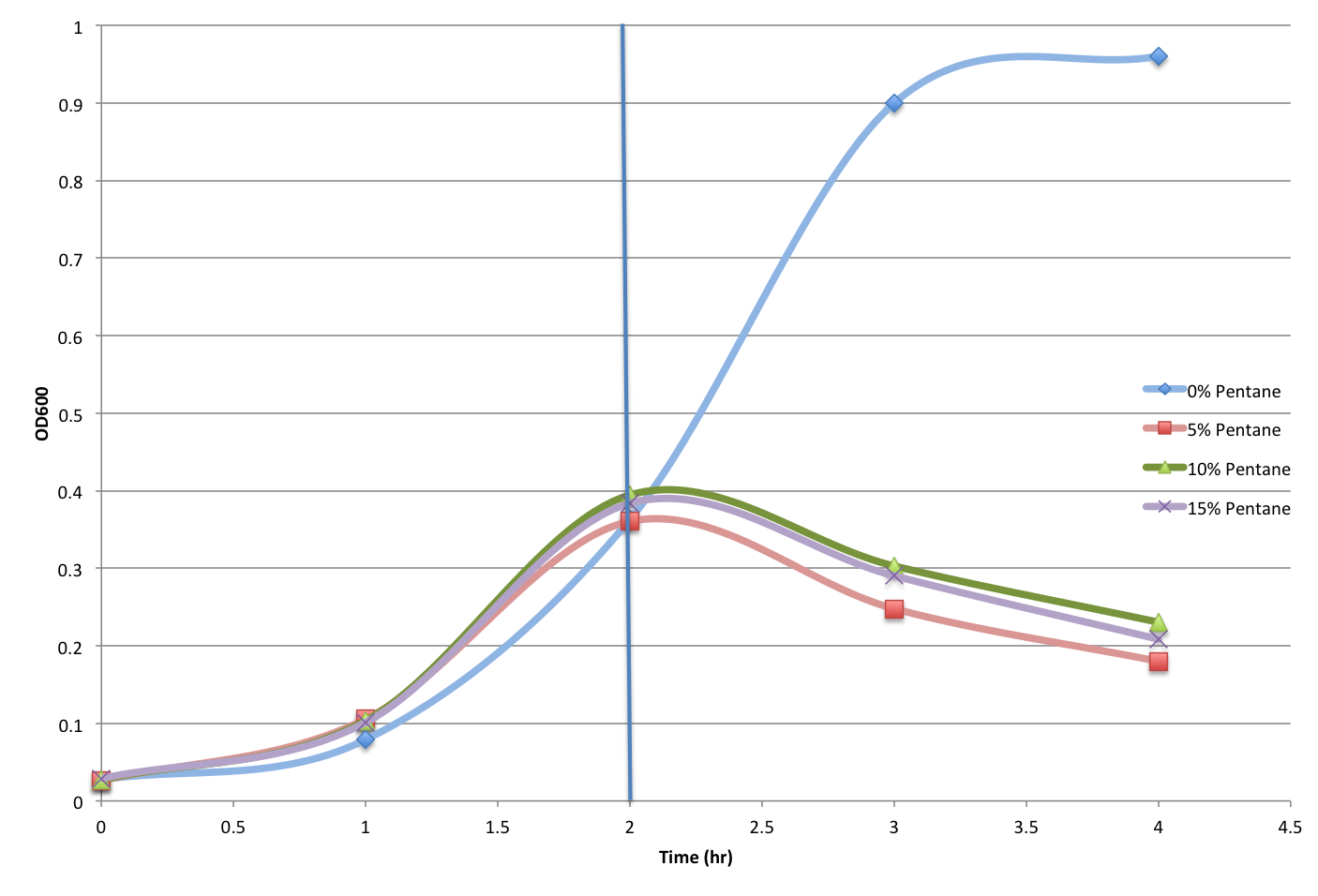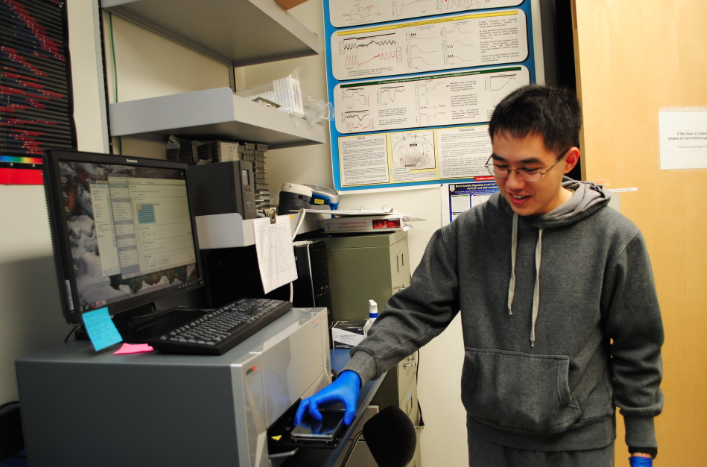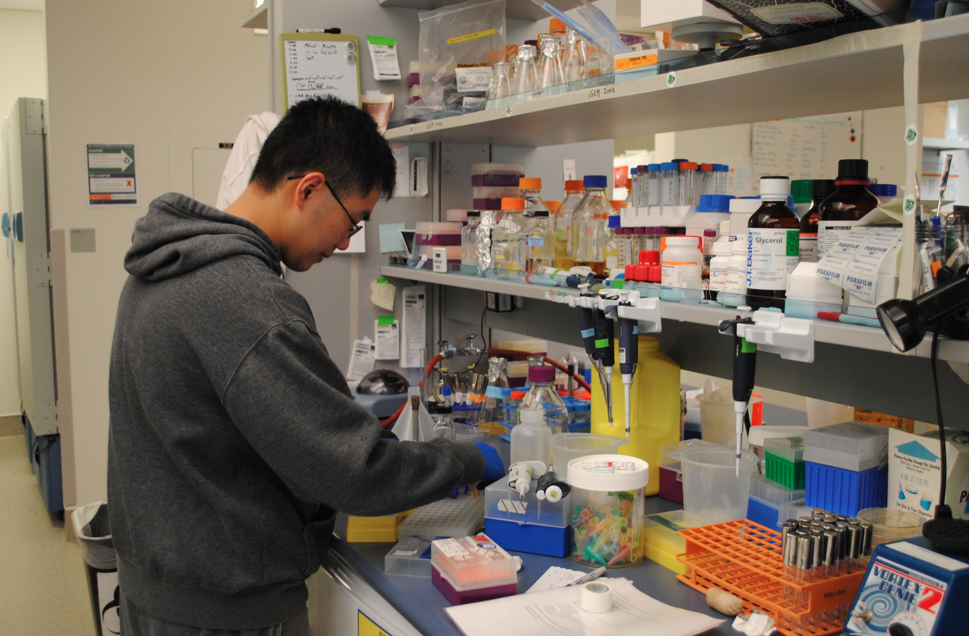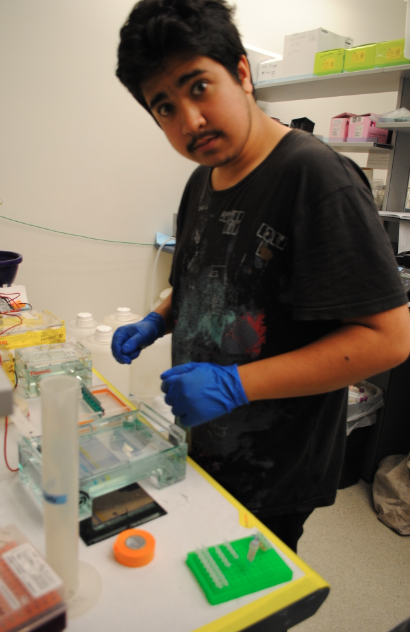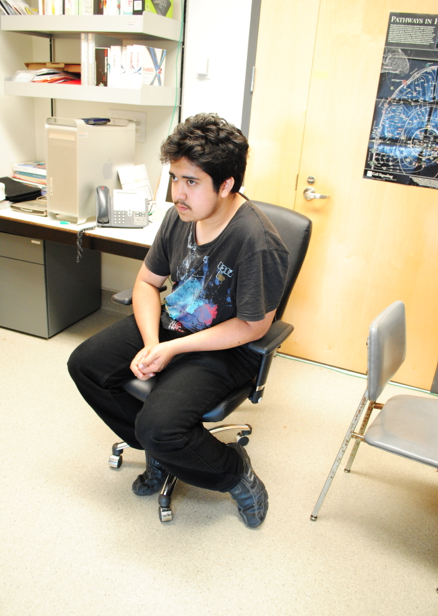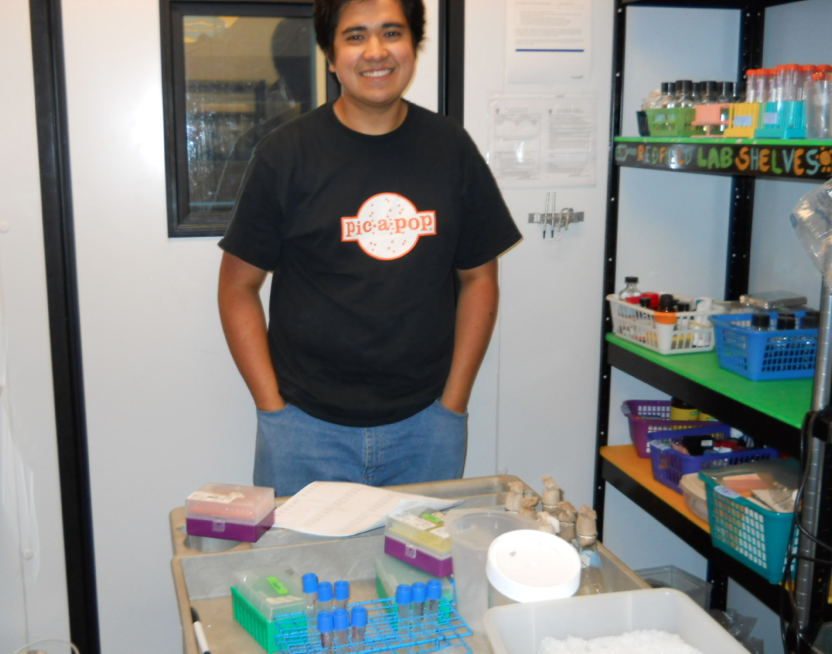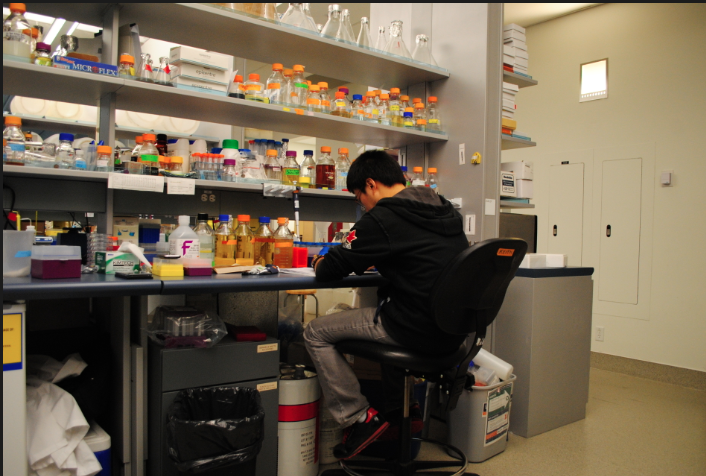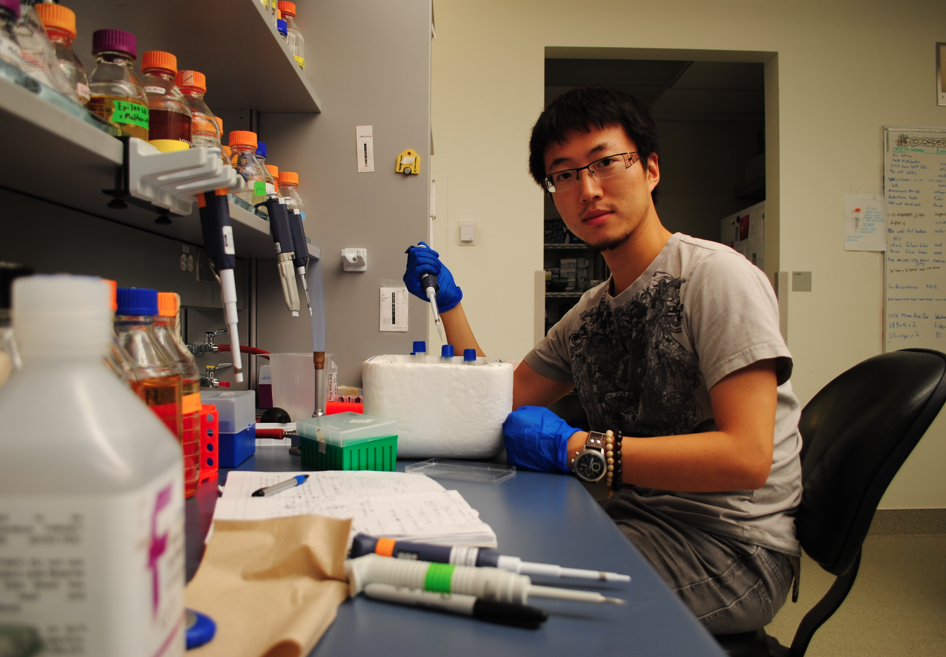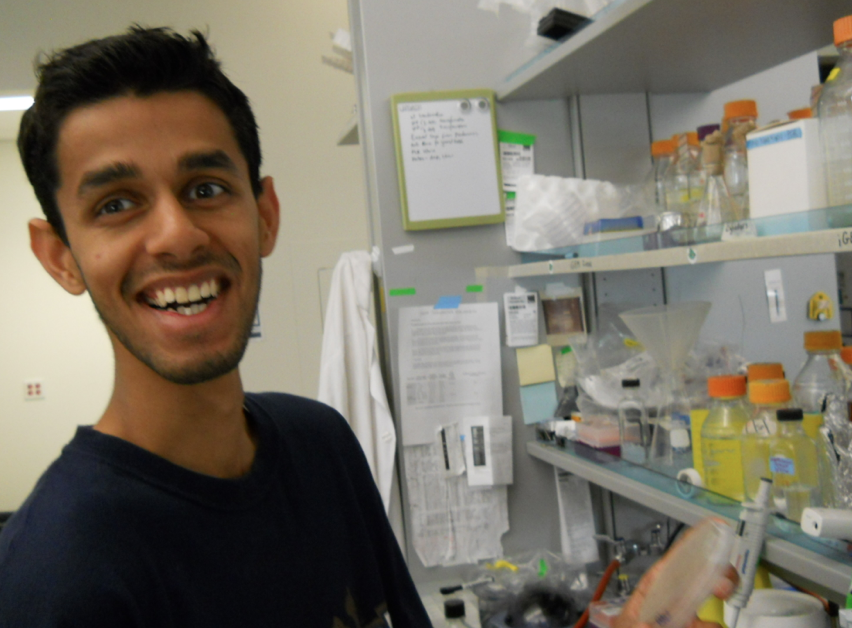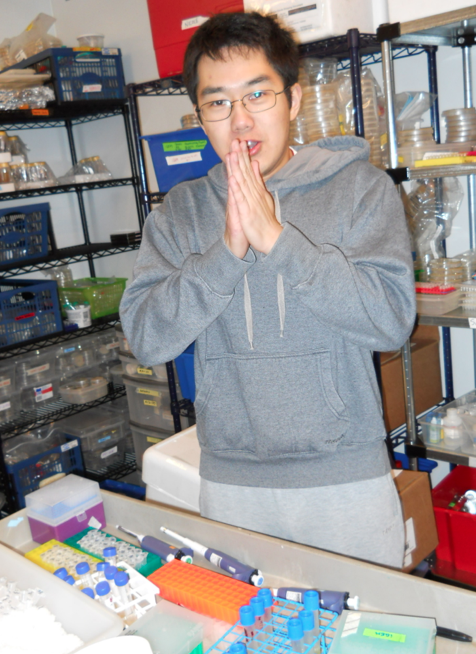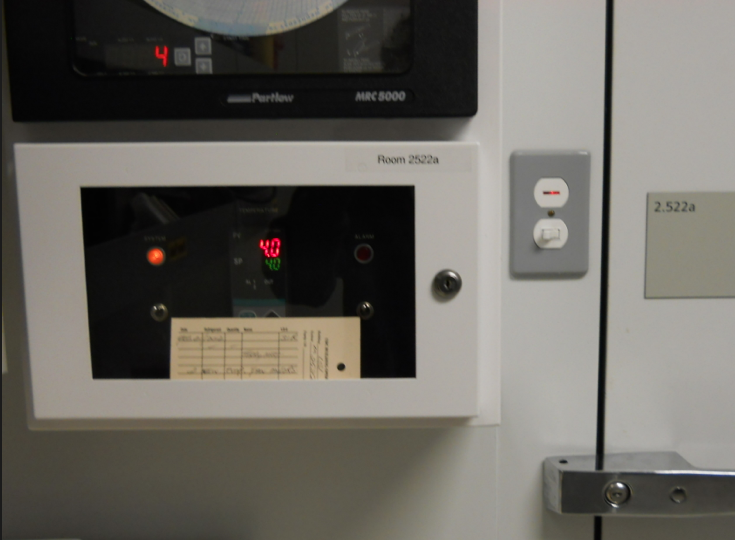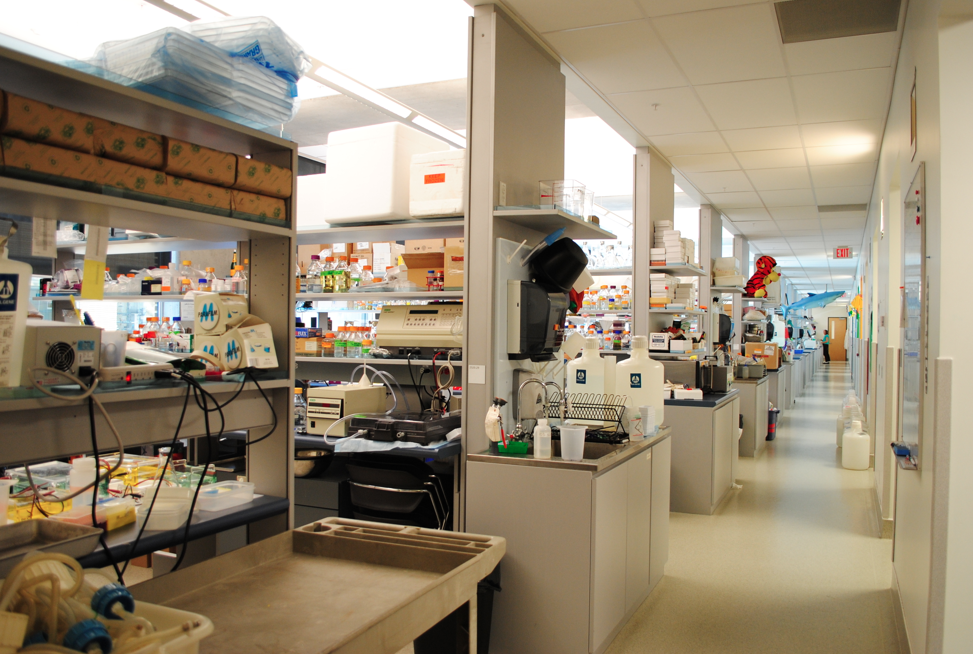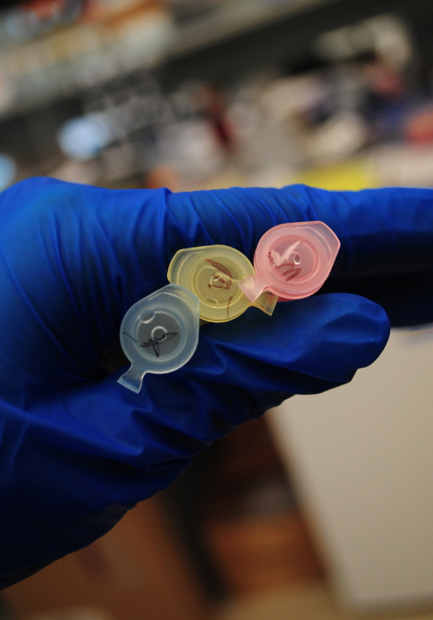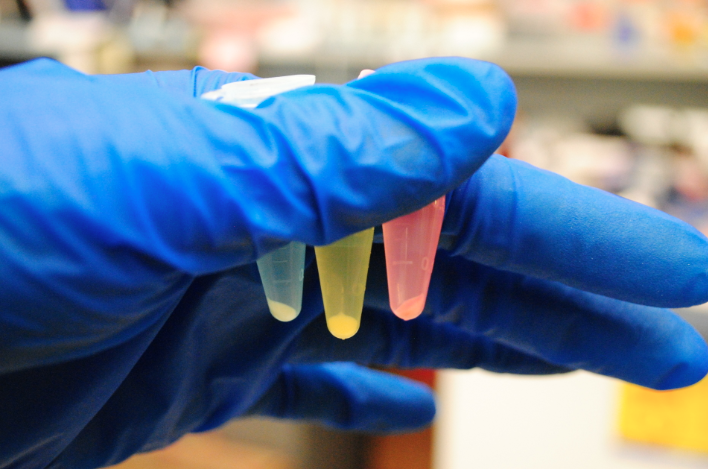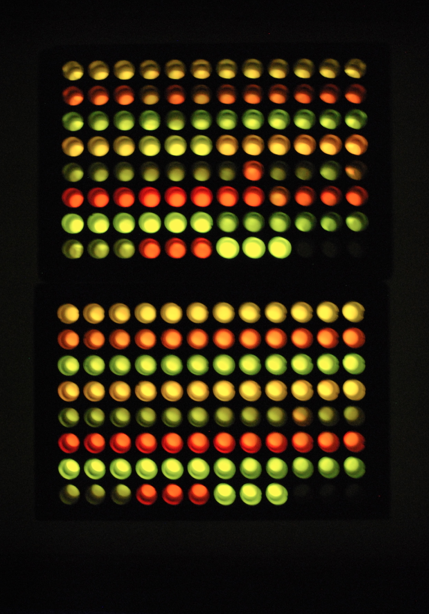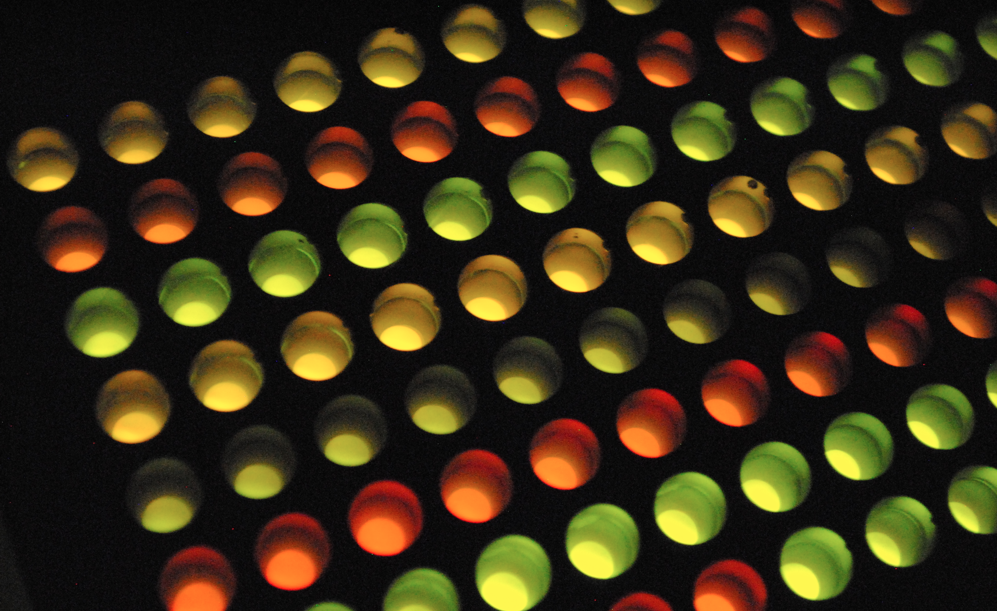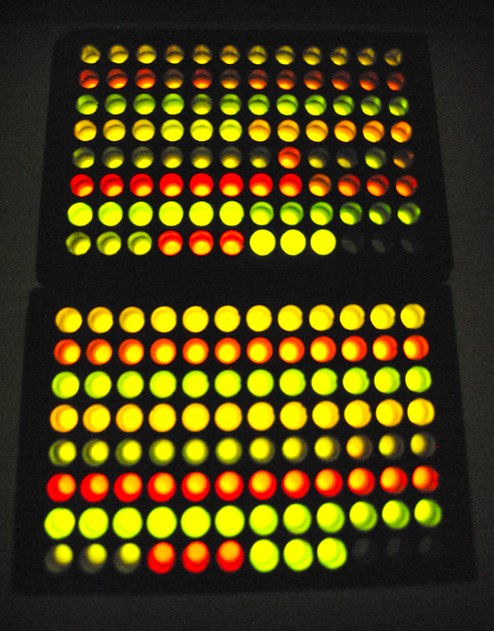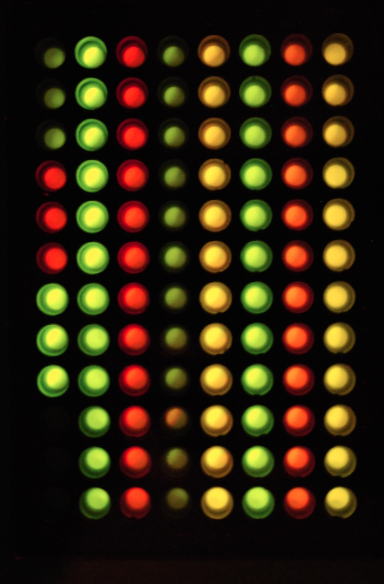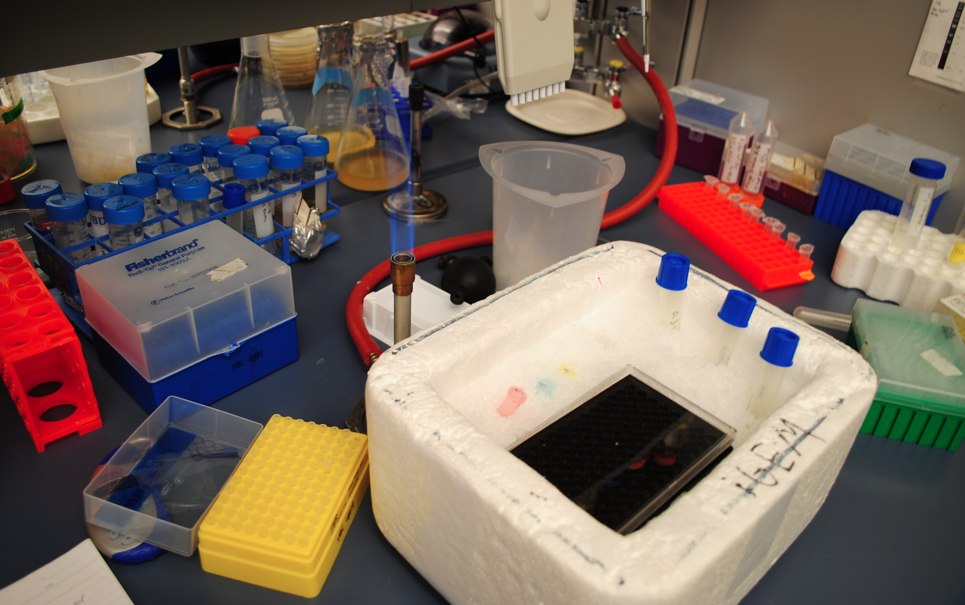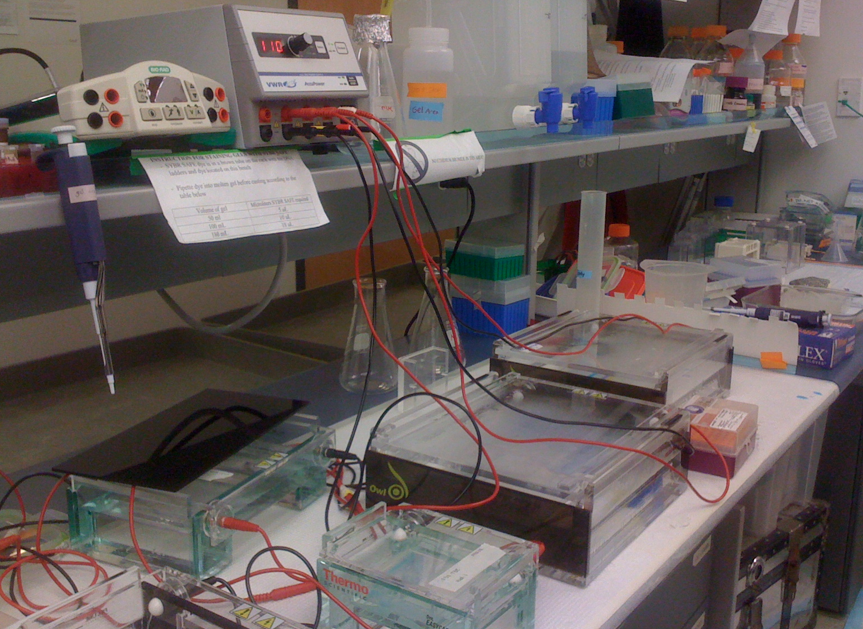Team:British Columbia/DSZNotebook
From 2012.igem.org

In order to test the desulfurization ability of our E coli consortia, we may have to grow them in some organic solvent. There is a part on the registry which is supposed to convey solvent tolerance, so we attempted to do a solvent tolerance assay using pentane and gasoline. The cells that we wanted to grow showed no growth for the first 5 hours. We decided to forgo the experiment until later on. - Jacob Toth
As for the organic solvent tolerance assay, indeed there has been no growing sign in the transformed culture (with 3I plasmid) for the first few hours, and it was left in the 37 degree room over night.
and for the controlled cultures, they were growing as expected when the organic solvents (Pentane and Octane) were not introduced, the experiment was continued (with the disruption of Jacob mentioned before). The organic solvent were added into controlled cultures at different concentrations (0%, 5%, 10%, and 15%), and their growth were monitored roughly each hour for the first few hours, and when the disruption occurred the cultures were taken out of the 37 degree room and stored in the 4 degree room at 5 p.m.
I returned to the Lab at 8:30 p.m., and each culture were examined for OD readings again, and the cultures with Pentane and Octane were incubated in the incubator with vacuums at 37 degree for 1 hour and 30 minutes respectively. Then the OD were read again at 9:30 p.m..
- Figure 2. Octane Tolerance Control Test
- Figure 3. Pentane Tolerance Control Test
- Ruichen
June 16
The cultures with 3I (solvent tolerance) plasmid that left for growth in the 37 degree room actually did turn a bit cloudy (6:00 p.m.).
Their ODs were then measured with a blank LB for reference, and the detailed info will be updated.
For the remaining cultures, 100µl of each culture was tested on Chlor plates with an control of K12 (20µl) to see if they are actually the cell cultures that of our interest, and also testing the chlo plates that are newly made, and the remaining cultures were stored in the 4 degree room for potential future usage.
The plates were left in the 37 degree room, and will be collected by Joe and stored in the 4 degree room.
- Ruichen
June 18
We made TB broth in order to grow our Rhodococcus strain, which harbors the desulfurization plasmid.
June 20
Plated the cultures with 3I plasmid on Kan for control and Chlor for testing purpose.
- Ruichen
After consultation, we moved the IGTS8, IGTS9, and Rhodococcus JHV1 strains that were growing on terrific broth and also ones growing on LB from the 37C shaker to one at 30C.
June 21
The culture has been proven to be transformed successfully with the 3I plasmid! They grew colonies on the Chlor plate and not the Kan plate.
Learned how to miniprep
Checked out some cool posters for the microbiology Conference, and found that there is a assay of interest. The assay (2,6 DCPIP) helps organisms to grow on a diesel contaminated soil.
- Ruichen
June 22
Wanted to design mutagenesis primers for our Dsz genes, but couldn't remember what software to use. For future reference:
NCBI for FASTA
Nebcutter to find sites
Virtual Ribosome for associated peptide
Wikipedia for codon table
PrimerX for basic design.
Joe appears to be successfully growing IGTS8 (Rhodococcus) and IGTS9 (Bacillus) in TB at 30°C, and Pseudomonas putida at 37°. He also reports being unsuccessful in doing a cPCR for the dszD gene.
The IGTS8 and IGTS9 cell cultures in both terrific broth and LB grew dense and cloudy at 30C. Glycerol stocks will be made out of these.
June 23
Made competent Pseudomonas putida cells using the Competent Cell Production protocol.
June 25
Designed primers for SDM of dszB gene
Had a Skype meeting with Calgary iGEM team
June 26
Designed primers for SDM of dszC gene.
July 15
We ordered the primers for DszC mutagenesis.
August 12
We received the DszA forward primer, and ran a successful PCR. We then did a restriction digest on the product. It will be ligated as well in the near future.
August 16 We ligated the DszA with pSB1C3 and transformed. A cPCR on the resulting colonies gave no result. This may have been due to an unoptimized Taq protocol,and might be worth repeating.
- Ruichen
 "
"

